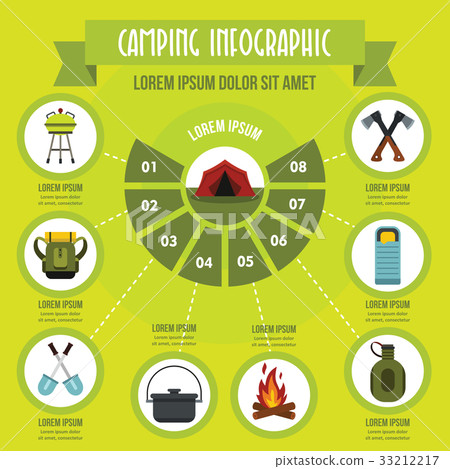Top 5 Wall Tent Brands You Should Know
Wintertime Outdoor Camping - Guy Line Anchors in SnowWinter camping is a fun and daring experience, yet it calls for correct equipment to guarantee you remain warm. You'll need a close-fitting base layer to trap your body heat, along with an insulating coat and a water resistant shell.
You'll also need snow risks (or deadman anchors) buried in the snow. These can be connected making use of Bob's brilliant knot or a normal taut-line drawback.
Pitch Your Camping tent
Winter season camping can be a fun and adventurous experience. However, it is essential to have the appropriate gear and know just how to pitch your outdoor tents in snow. This will certainly protect against cold injuries like frostbite and hypothermia. It is additionally important to eat well and remain hydrated.
When establishing camp, make certain to choose a website that is protected from the wind and without avalanche risk. It is also a good concept to load down the area around your tent, as this will certainly help reduce sinking from body heat.
Prior to you established your camping tent, dig pits with the exact same dimension as each of the support points (groundsheet rings and guy lines) in the center of the camping tent. Fill these pits with sand, stones and even stuff sacks full of snow to compact and safeguard the ground. You might also want to consider a dead-man support, which includes connecting camping tent lines to sticks of wood that are hidden in the snow.
Load Down the Area Around Your Tent
Although not a necessity in most locations, snow risks (also called deadman supports) are an exceptional addition to your outdoor tents pitching set when camping in deep or pressed snow. They are generally sticks that are developed to be hidden in the snow, where they will certainly freeze and develop a solid anchor point. For ideal results, make use of a clover hitch knot on the top of the stick and bury it in a couple of inches of snow or sand.
Establish Your Camping tent
If you're camping in snow, it is a good concept to use an outdoor tents created for winter backpacking. 3-season outdoors tents work fine if you are making camp listed below timberline and not anticipating particularly rough weather condition, but 4-season camping tents have sturdier posts and materials and supply more defense from wind and heavy snowfall.
Make certain to bring military tent sufficient insulation for your resting bag and a warm, completely dry inflatable floor covering to sleep on. Inflatable mats are much warmer than foam and assistance prevent chilly spots in your camping tent. You can also include an extra mat for resting or cooking.
It's also an excellent idea to establish your outdoor tents near to an all-natural wind block, such as a team of trees. This will make your camp a lot more comfortable. If you can't locate a windbreak, you can create your very own by digging openings and burying things, such as rocks, tent risks, or "dead man" anchors (old outdoor tents guy lines) with a shovel.
Restrain Your Tent
Snow stakes aren't essential if you utilize the appropriate methods to secure your tent. Buried sticks (possibly collected on your technique hike) and ski poles function well, as does some variation of a "deadman" buried in the snow. (The concept is to create an anchor that is so solid you won't have the ability to draw it up, even with a great deal of initiative.) Some producers make specialized dead-man supports, but I choose the simpleness of a taut-line hitch tied to a stick and afterwards buried in the snow.
Understand the surface around your camp, especially if there is avalanche risk. A branch that falls on your outdoor tents could harm it or, at worst, wound you. Also be wary of pitching your outdoor tents on a slope, which can trap wind and cause collapse. A protected area with a low ridge or hill is much better than a high gully.
